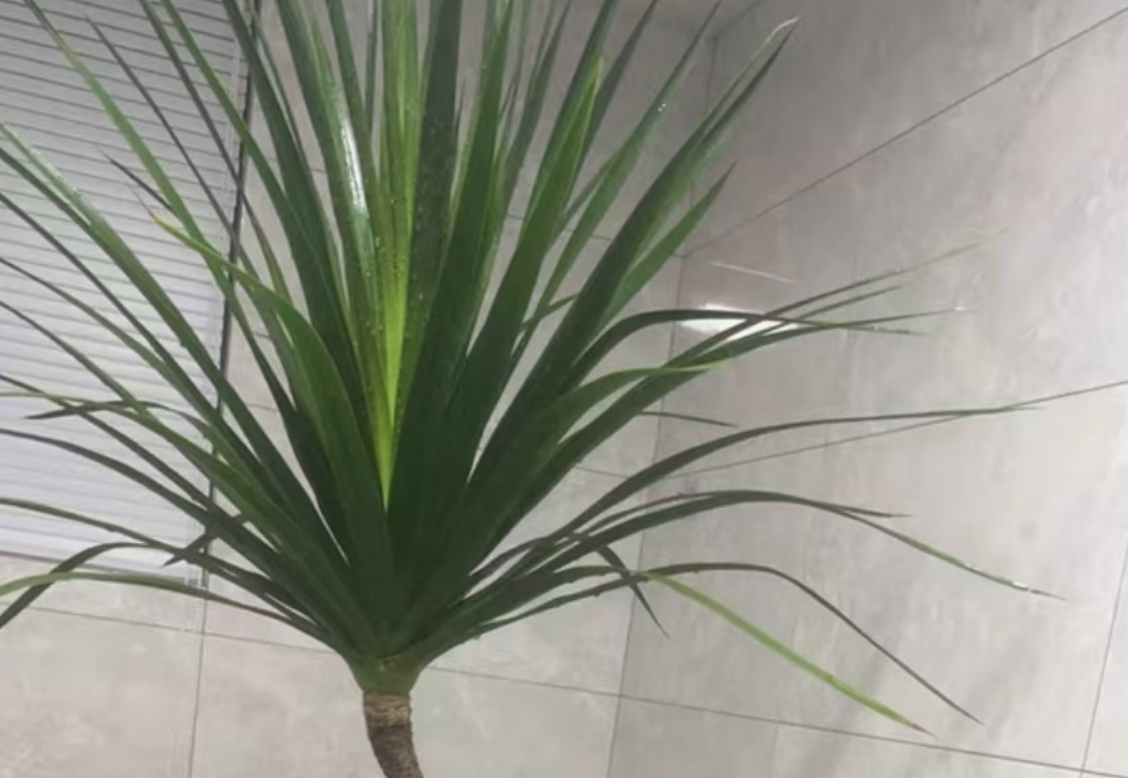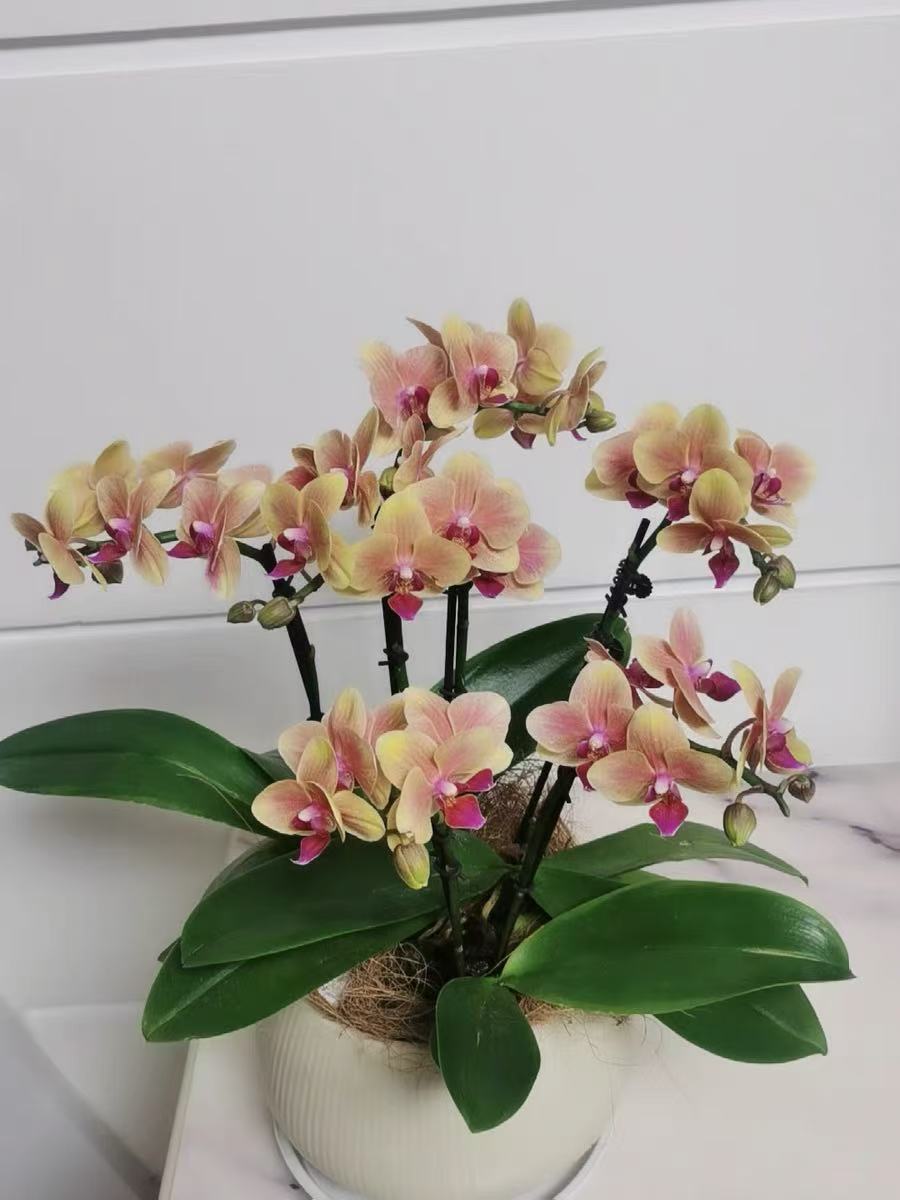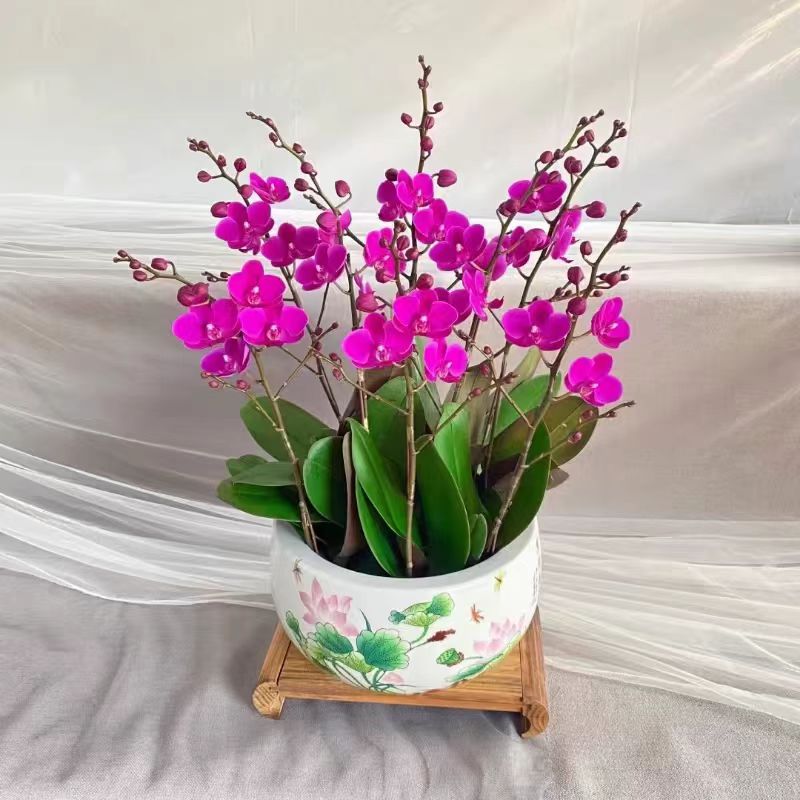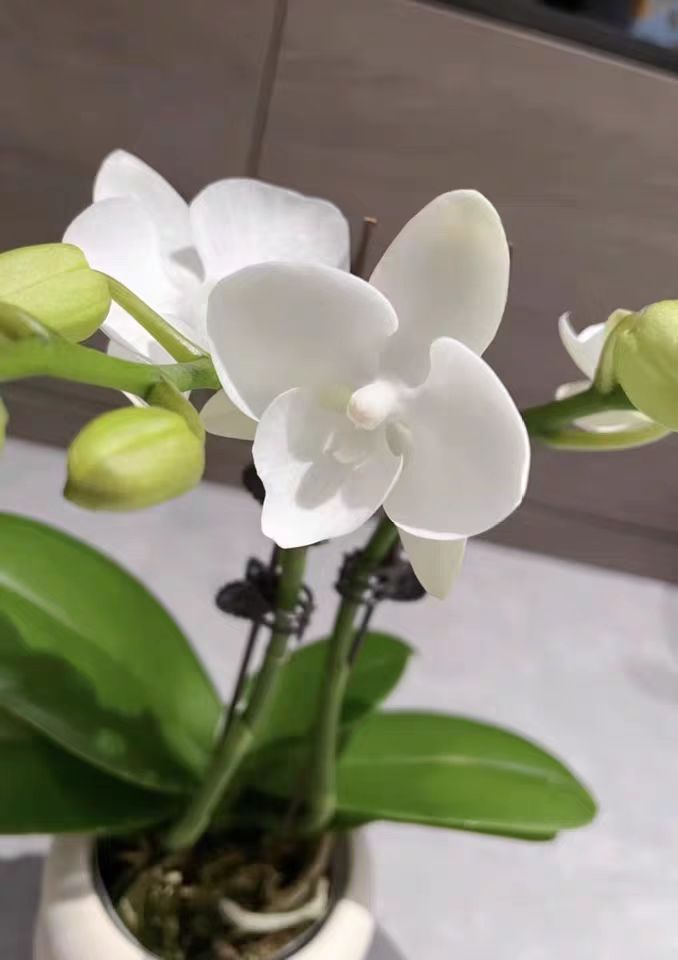When embarking on the journey of growing Phalaenopsis for the first time, it's quite likely to encounter many novel problems. For instance, the leaves may suddenly turn yellow, wither, or even develop "black spots" out of the blue. Generally, such diseases are usually caused by bacterial or fungal infections. Although it may sound serious, as long as we can detect and address the early signs of black rot in a timely manner, there's a chance to save the entire plant. Let's take a look together.
In fact, the occurrence of various leaf problems isn't restricted by seasons. It can happen in winter. Due to the cold outdoors, people often close doors and windows tightly, which may lead to poor ventilation and thus the plant gets infected. It can also occur in summer. Even with good ventilation, the high - temperature environment may cause the Phalaenopsis leaves to be infected with spot disease, also known as "black rot". Overall, black rot in Phalaenopsis is as common as a human cold. Therefore, we need to regularly inspect the plant, especially the surfaces, undersides of the leaves, and the gaps between leaves. Usually, just gently press the leaf with your hand. If the leaf becomes soft and rotten, it's likely a sign of black rot.
In addition to "black rot", there's also "water rot". The main difference between the two lies in the changes in the leaves. For black rot, the leaves turn black, while for water rot, the leaves become soft and transparent. The treatment methods for these two diseases are generally the same. They mainly occur on the leaves rather than the roots. Once the disease is detected, immediate action should be taken. When cutting off the diseased leaves, remember not to cut only half, but completely remove the entire infected part. After treatment, you can sprinkle carbendazim powder, cinnamon powder, or plant ash on the cut to help the wound heal.
Finally, after handling, place the plant back in its original position. At the same time, pay attention to cleaning the scissors used previously. If the scissors are to be reused, it's best to wipe them thoroughly with alcohol and let them dry to prevent the remaining of pathogens. This can avoid the spread of pathogens to other parts when using the scissors next time.
What's wrong with the black spots on the Phalaenopsis?

Share with
Tagged in :




Leave a Reply